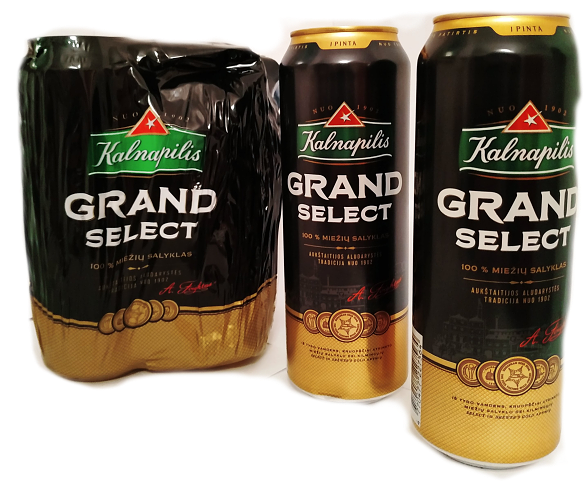In Lithuania, beer brewing traditions began to actively take shape in the mid to late 19th century in Aukštaitija.
The pride of the people of Aukštaitija were their thriving manor houses, known for their noble history and skilled beer brewers, who were capable of crafting beers. It was these men that lay the foundations of this honorable craft, long-celebrated in Lithuania, allowing it to thrive in the region and putting Aukštaitija on the map as the land of master brewers. Thus, it was no coincidence that in the mid-19th century, the first breweries opened their doors in the manor houses.
The union of local customs and time-honored German beer recipes accelerated the emergence of the first big brewery in the region. On the outskirts of the still-emerging capital of Aukštaitija – Panevėžys – it was founded by a noble of German descent, experienced brewer Albert Foight, who named the brewery Bergschlösschen in his native language, or simply “the little castle on the hill”.
Thus, 1902 saw the birth of Kalnapilis beer, which now has a hundred-year-old history and can deservedly boast of its noble origins and timelessness.
Albert Foight’s newly built brewery was named the Bergschlösschen, or simply the “little castle on the hill” because of its unusual location – atop a tall hill in an empty field on the banks of the Nevėžis.
Why is the Land of Beer Brewers Aukštaitija and not some other region of Lithuania? Aukštaitija has long been known for its deep-rooted beer brewing traditions. The main reason for this being the land itself. The soil is most fertile, which is why agriculture has always thrived here and produced an abundance of grain – enough for both making food and brewing drinks.
The establishment of a brewery at the beginning of the 20th century in Panevėžys was no coincidence. In 1897, the town had a population of 13 thousand, while at the beginning of the 19th century, it could only boast of 800 residents. It was in the late 19th century that the town experienced its own industrial revolution and the first modern manufacturers emerged, using mechanical engines, mills and steam-powered equipment. The beginning of the 20th century saw Panevėžys grow into one of the largest economic and cultural centers of the region and approximately the fourth most significant city in Lithuania.



